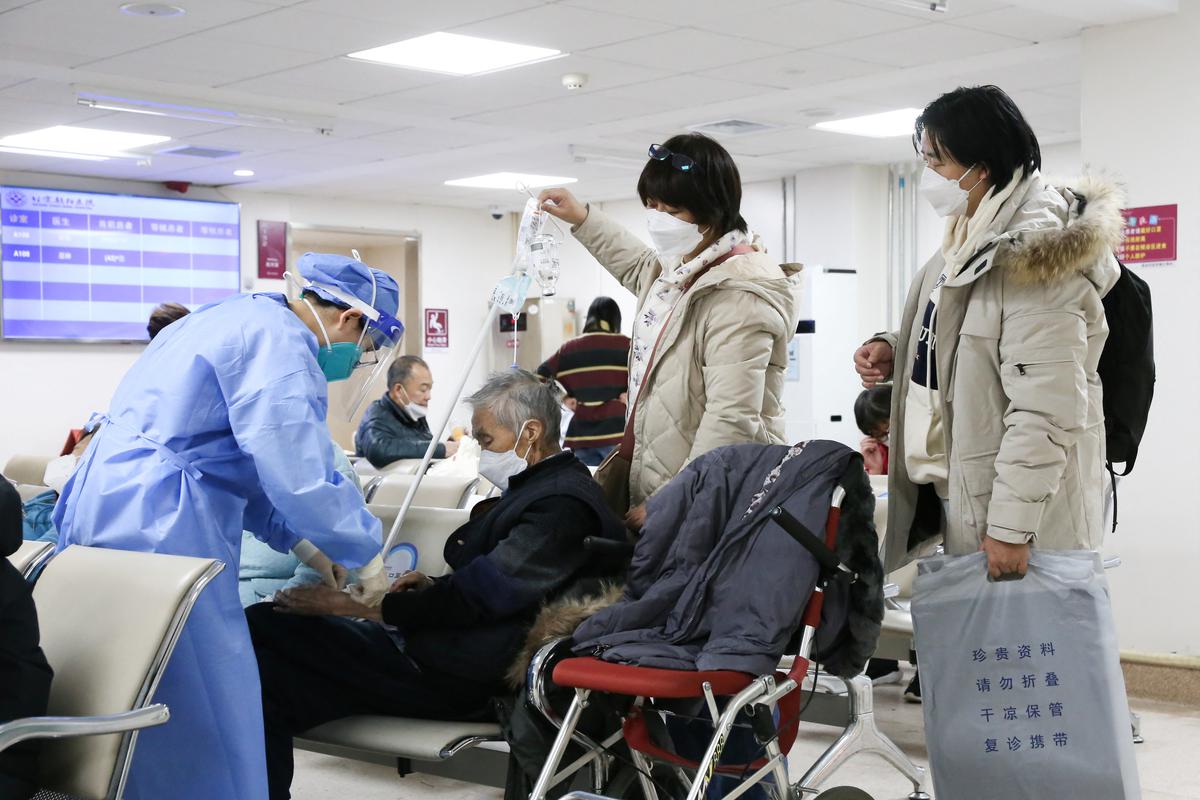China, a nation with a vast population and a rich cultural heritage, is currently grappling with a surge in respiratory illnesses, particularly among children. This surge, attributed to the easing of COVID-19 restrictions and the circulation of known pathogens, has cast a spotlight on the importance of public health measures and respiratory health awareness.
Navigating Respiratory Illnesses: A Glimpse into China’s Current Scenario

A Multifaceted Challenge
The current respiratory illness outbreak in China is a complex issue with multiple contributing factors. The lifting of COVID-19 restrictions, while a welcome step towards normalcy, has inadvertently increased exposure to other respiratory pathogens. Children, with their developing immune systems, are particularly susceptible to these infections.
The Role of Known Pathogens

Several well-known respiratory pathogens are contributing to the current surge in cases. Influenza, a highly contagious viral infection, is a major culprit. Respiratory syncytial virus (RSV), a common cause of respiratory infections in infants and young children, is also playing a significant role. Additionally, mycoplasma pneumoniae, a bacterium that can cause pneumonia, is particularly prevalent among children in China.
Impact on Healthcare
The rise in respiratory illnesses has placed a strain on China’s healthcare system. Hospitals are experiencing an influx of patients with respiratory symptoms, and some are struggling to keep up with the demand. This has led to increased waiting times and a strain on medical resources.
Government’s Response
The Chinese government has taken a proactive approach to address the situation. It has implemented measures such as increasing the availability of vaccines, providing free medical care for children under six with respiratory illnesses, and launching public awareness campaigns to educate people about respiratory illness prevention.
Public Health Measures
In addition to the government’s initiatives, individuals can take steps to protect themselves and their families from respiratory illnesses. These measures include:
- Vaccination: Getting vaccinated against the flu is an essential preventive measure.
- Hand Hygiene: Frequent handwashing with soap and water is crucial to prevent the spread of germs.
- Social Distancing: Maintaining a safe distance from people who are sick can help reduce the risk of transmission.
- Respiratory Etiquette: Covering mouth and nose when coughing or sneezing helps prevent the spread of airborne pathogens.
- Early Medical Attention: Seeking medical attention promptly if symptoms worsen or persist is important for timely diagnosis and treatment.
A Call for Collective Action
Addressing the current respiratory illness outbreak in China requires a collective effort. The government, healthcare providers, and individuals all have a role to play in preventing the spread of infections, promoting respiratory health awareness, and ensuring adequate healthcare resources.
Looking Ahead
While the current surge in respiratory illnesses poses a challenge, China’s robust healthcare system and the government’s commitment to public health provide a foundation for managing the situation effectively. By implementing preventive measures, raising awareness, and ensuring timely access to healthcare, China can navigate this respiratory illness outbreak and foster a healthier future for its citizens.
Related posts:
Empowering Wellness: Customized Diet Plans for Cancer Patients
10 Essential Yoga Poses for Beginners
Oxford AI Tool Could Help Us Stay One Step Ahead of the Next Virus Variant










Leave a Reply